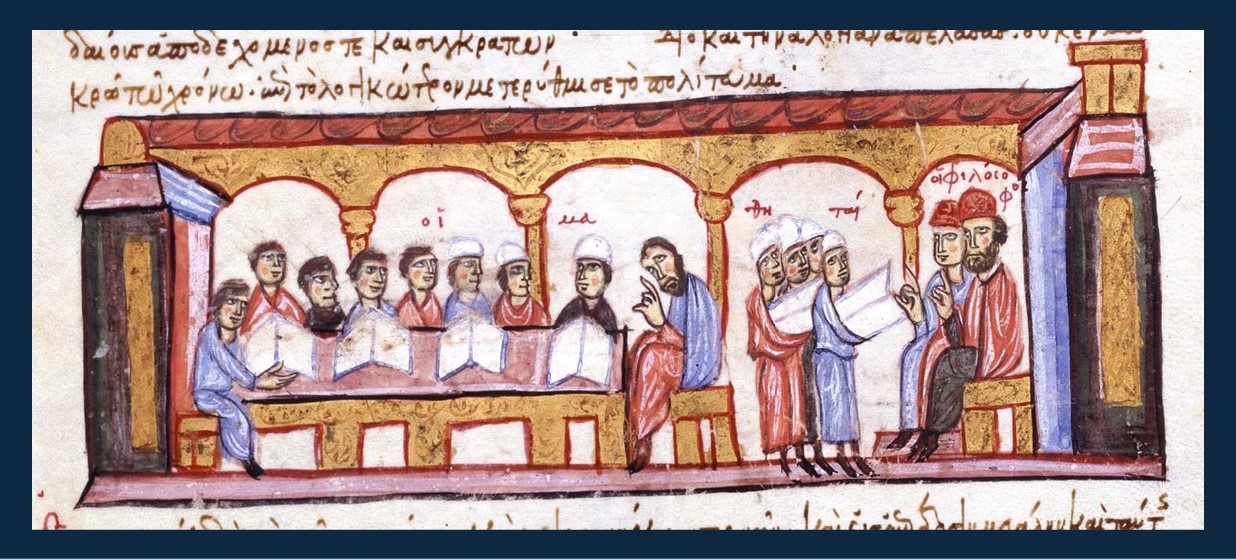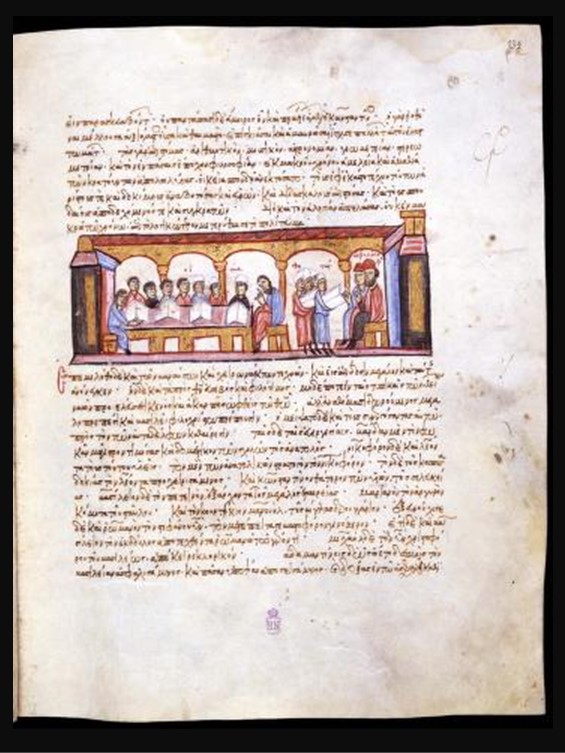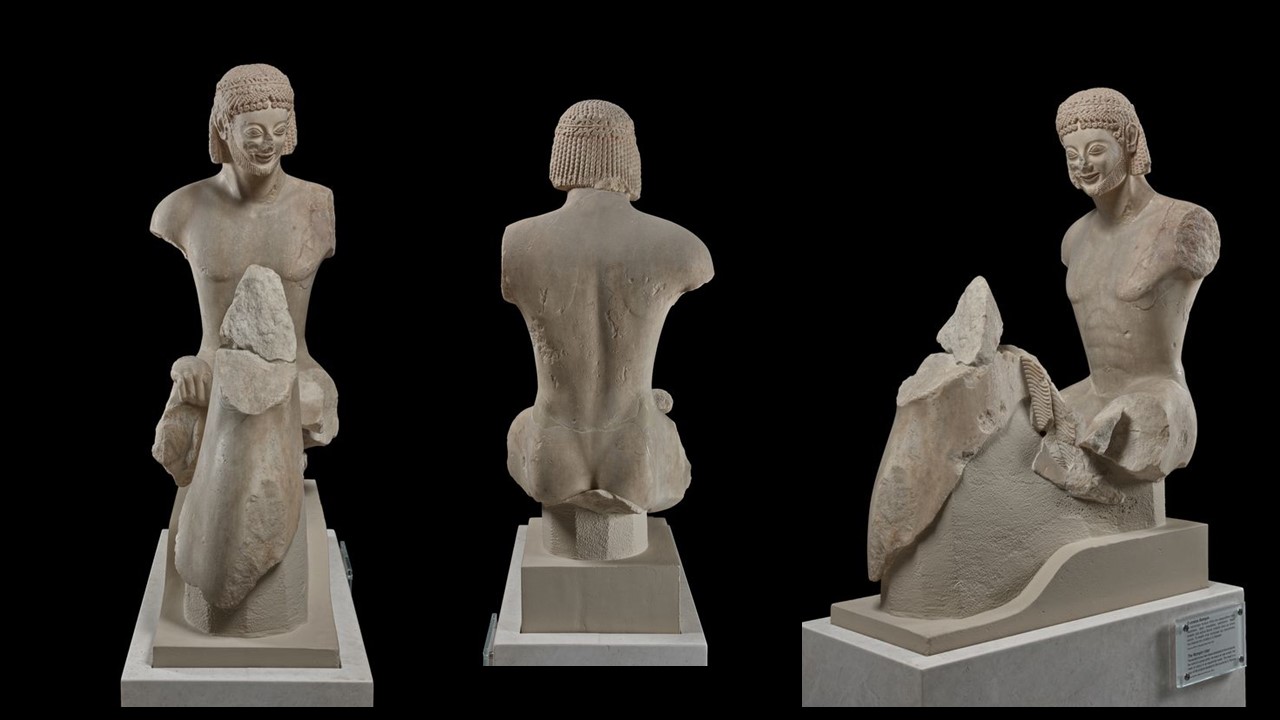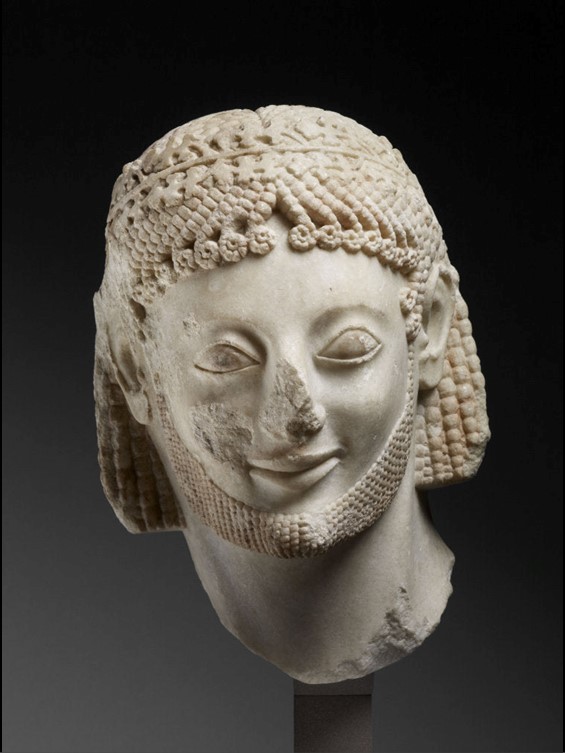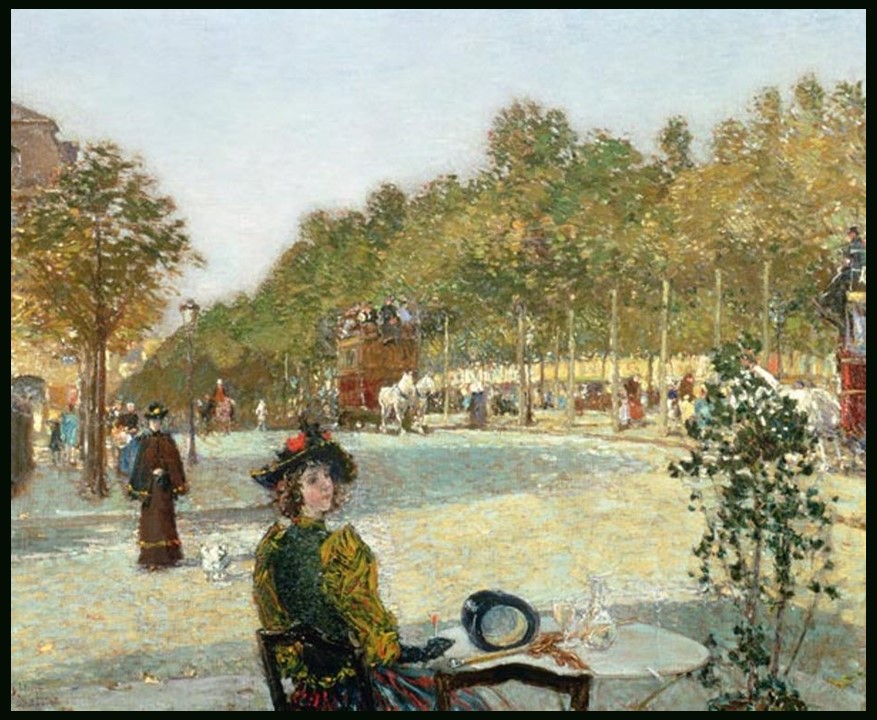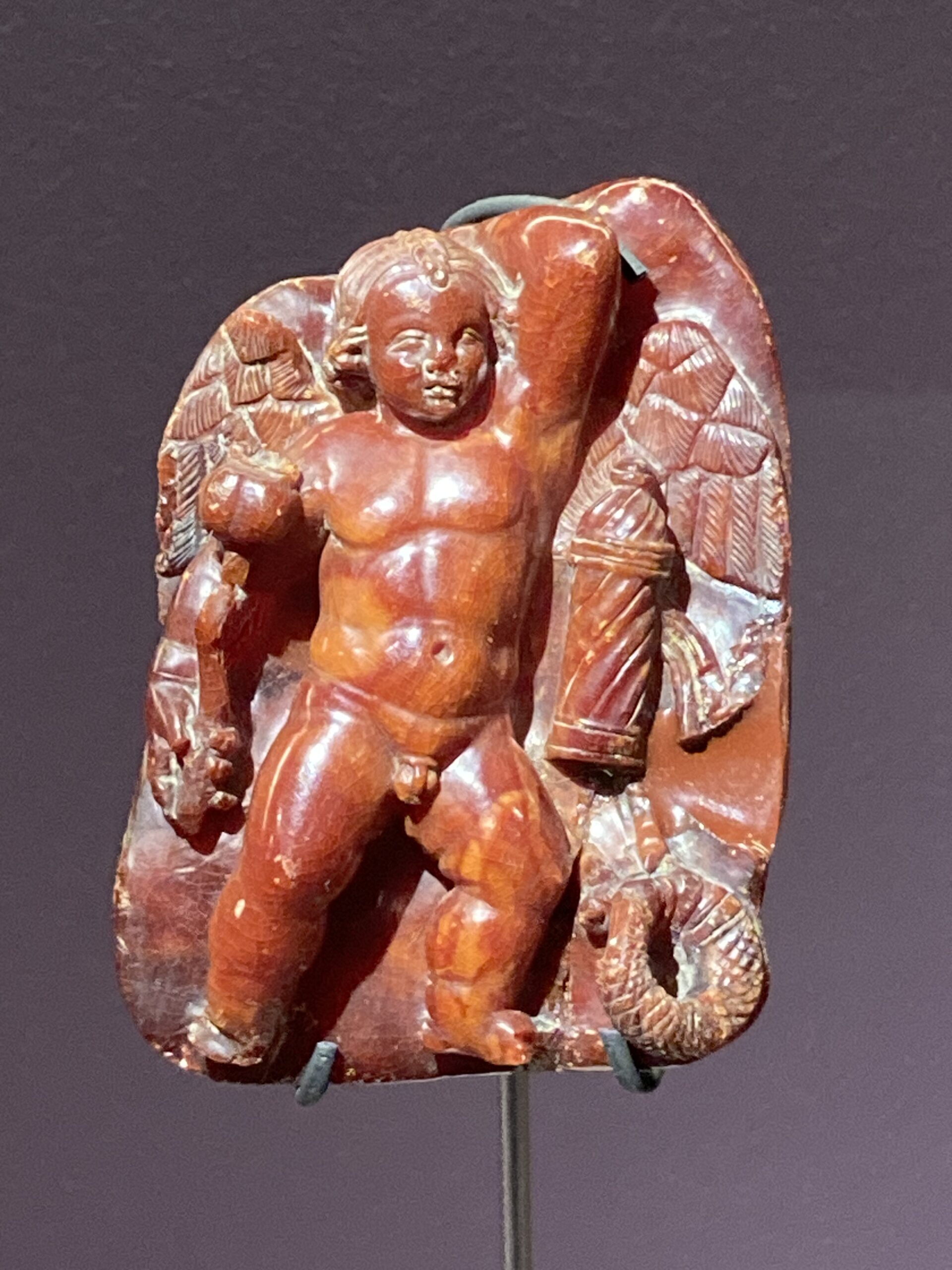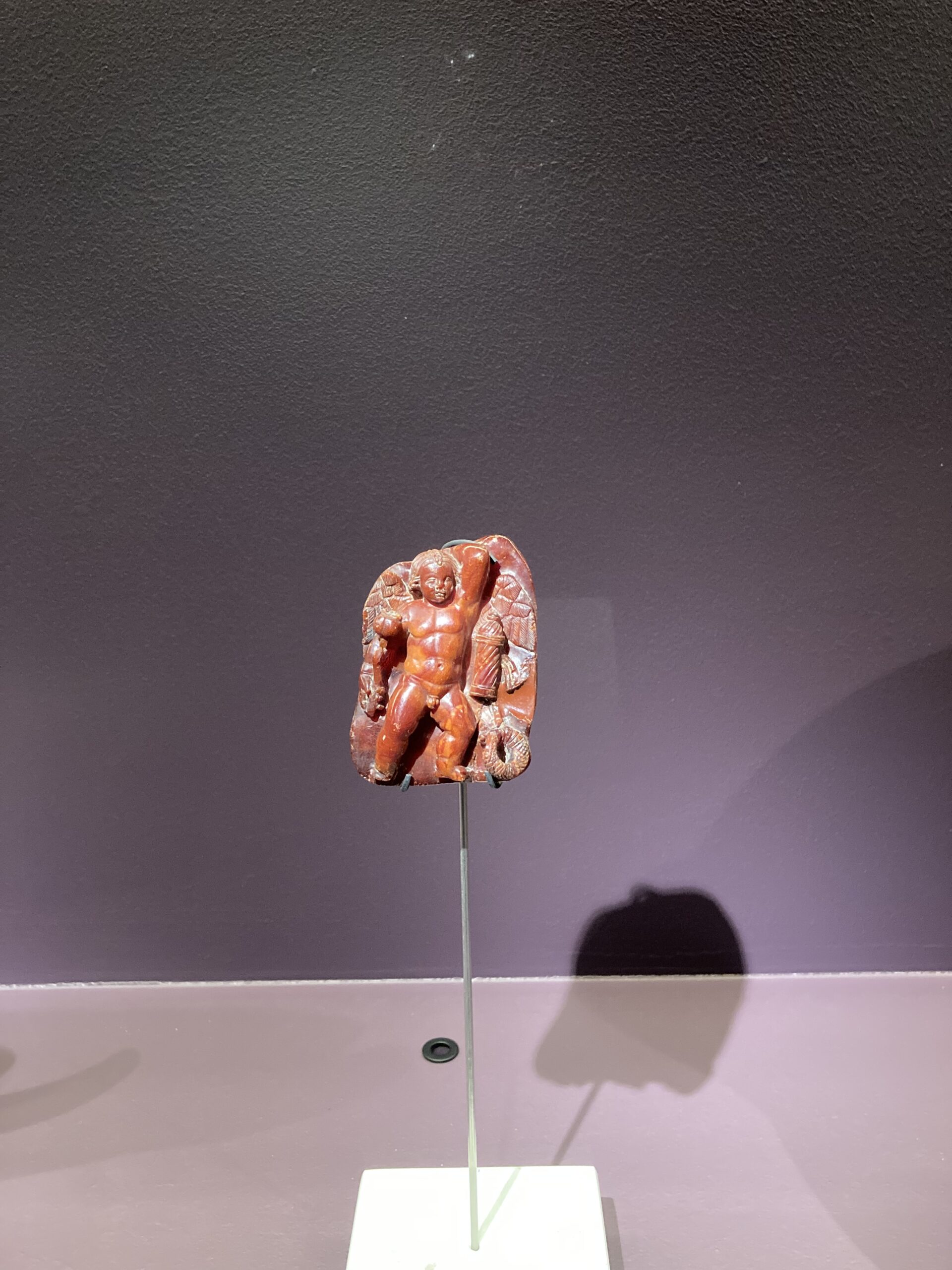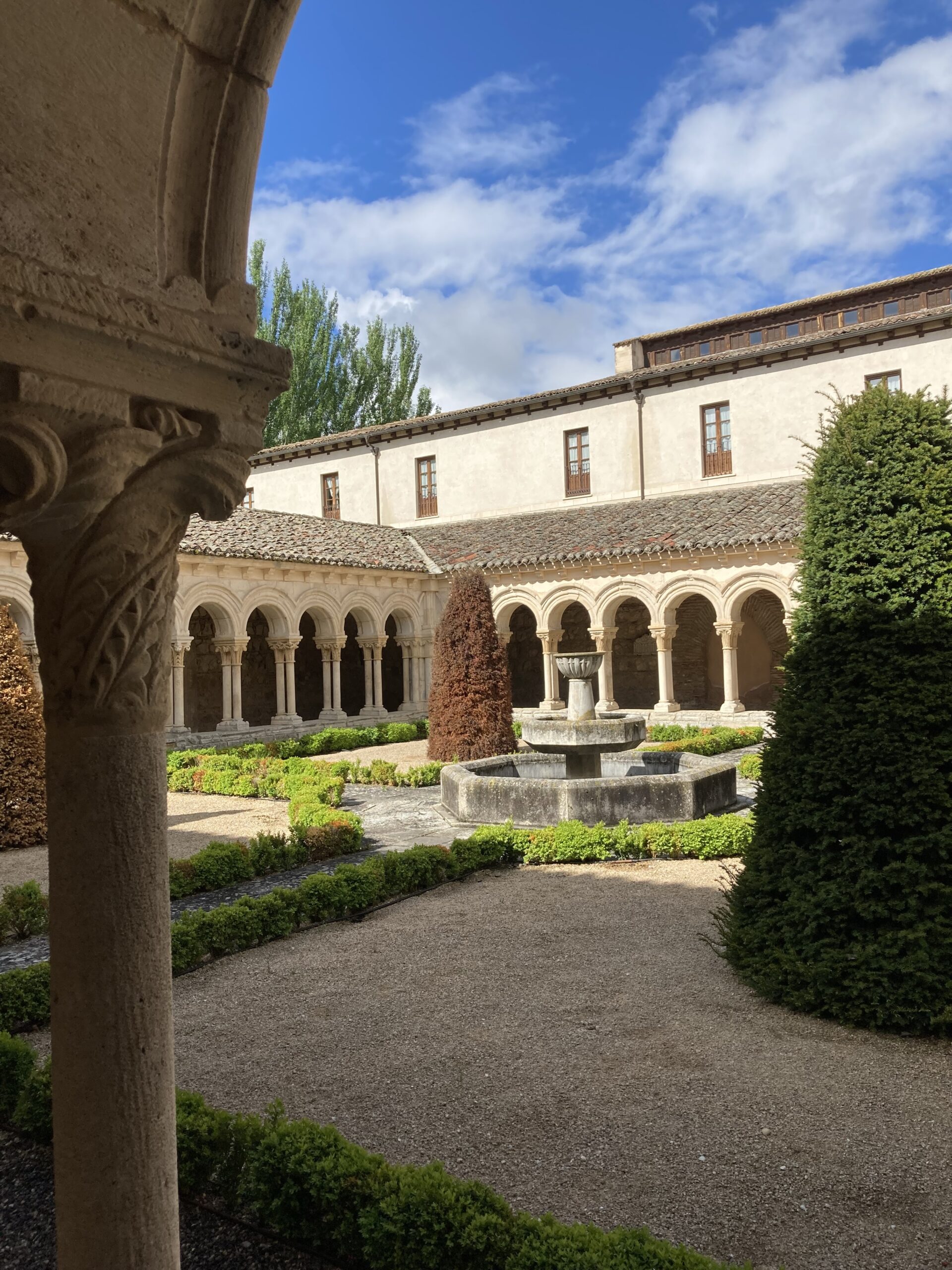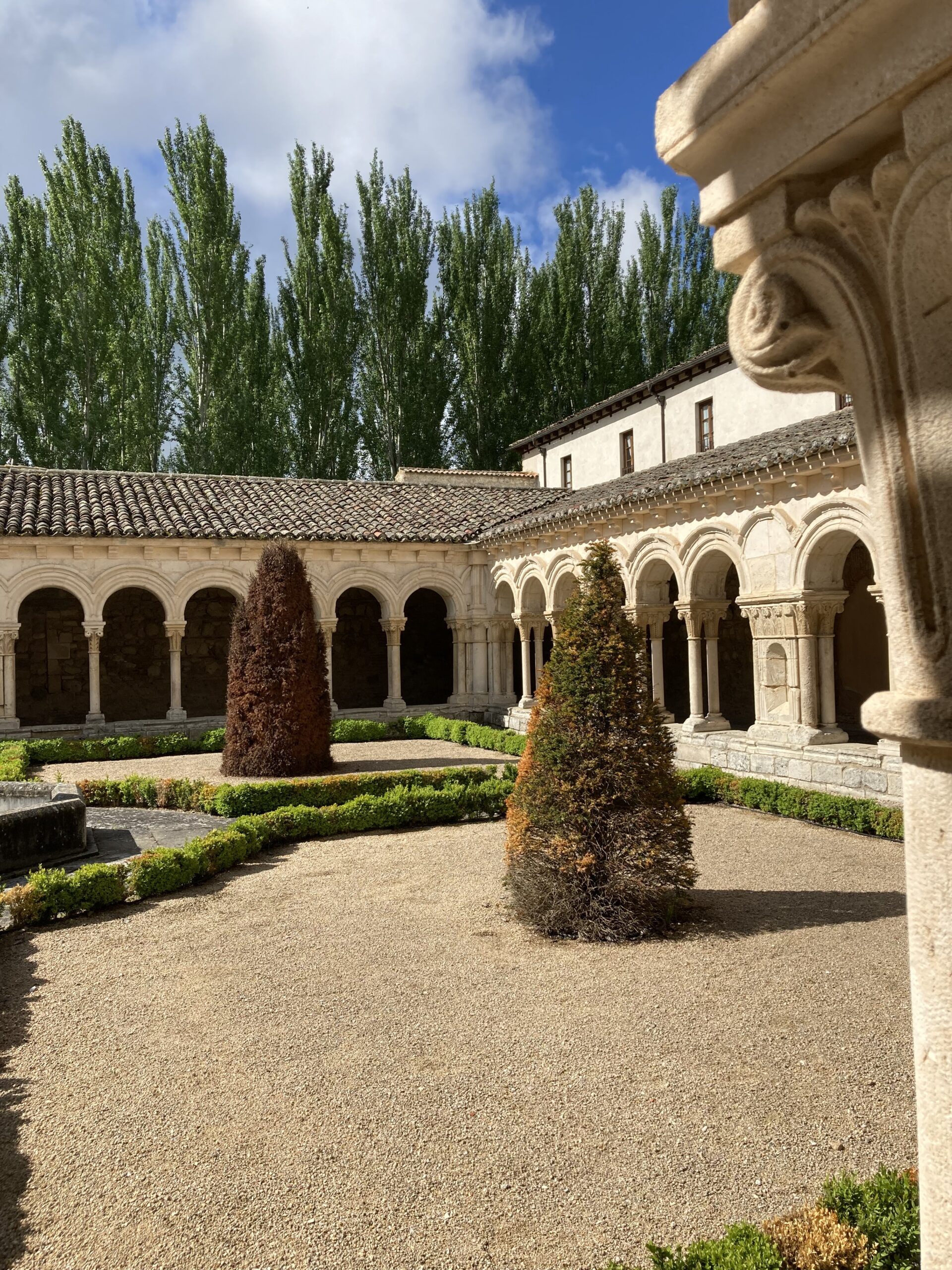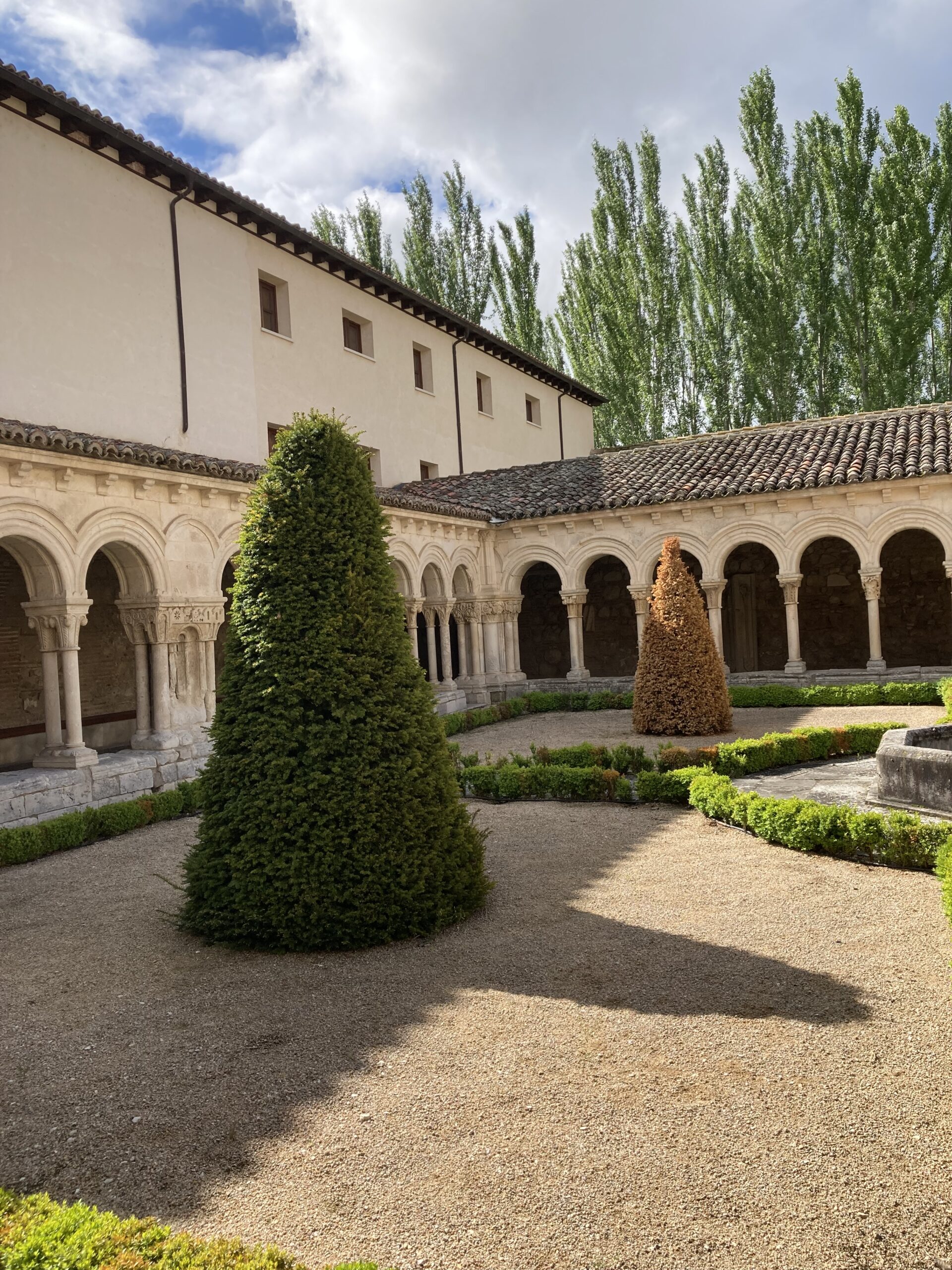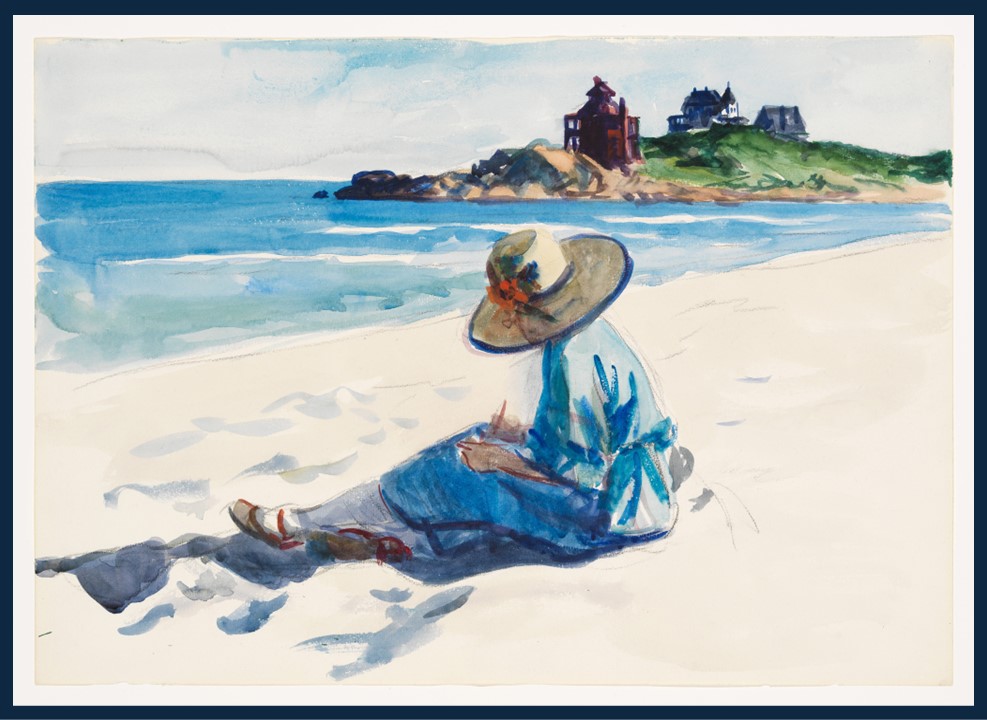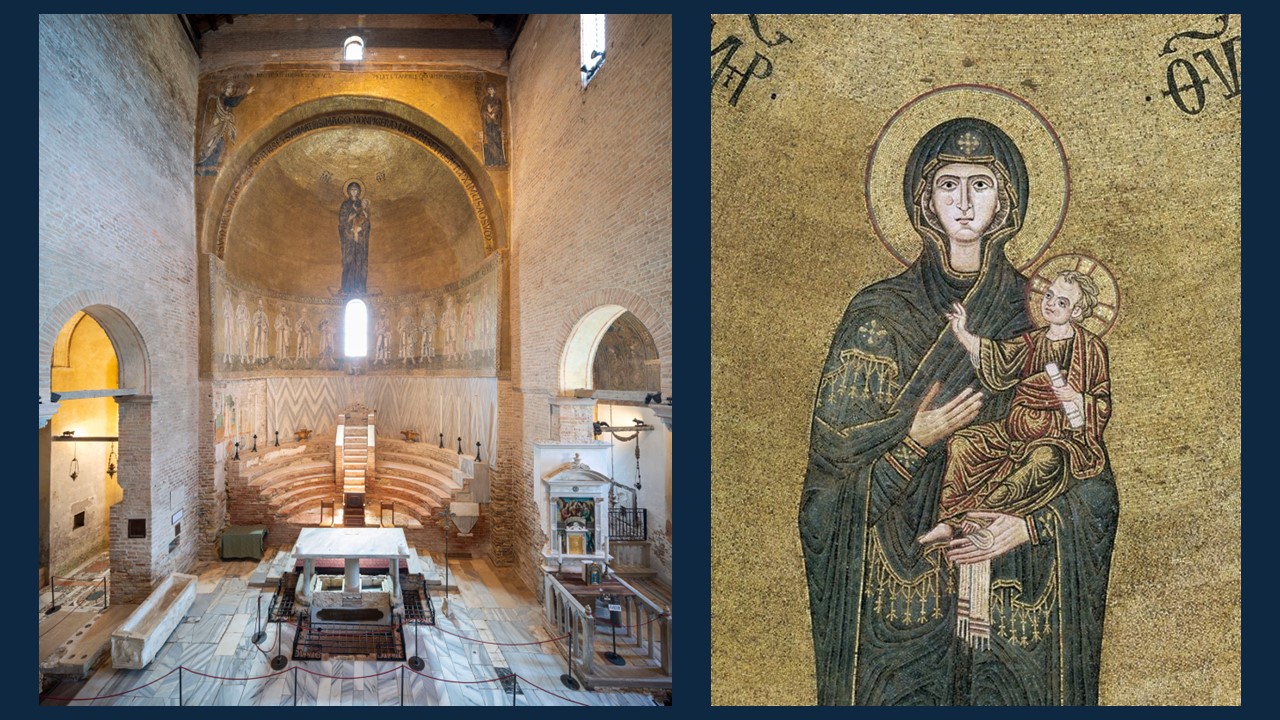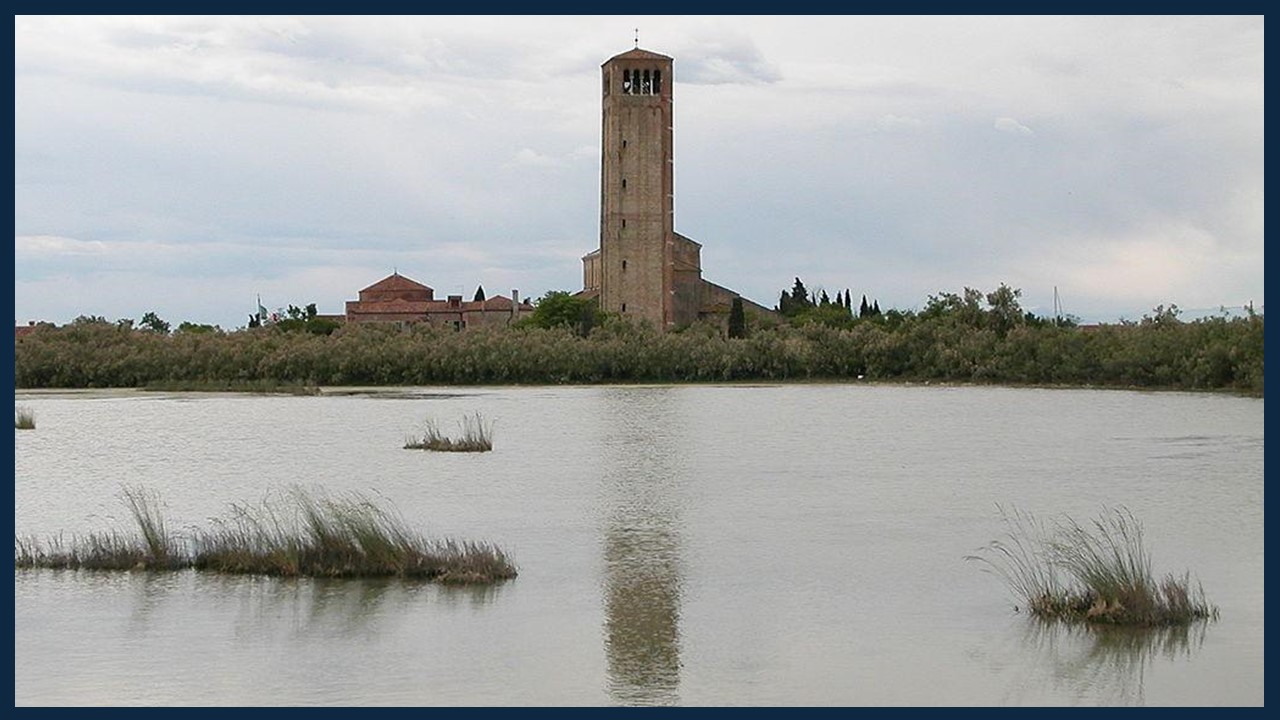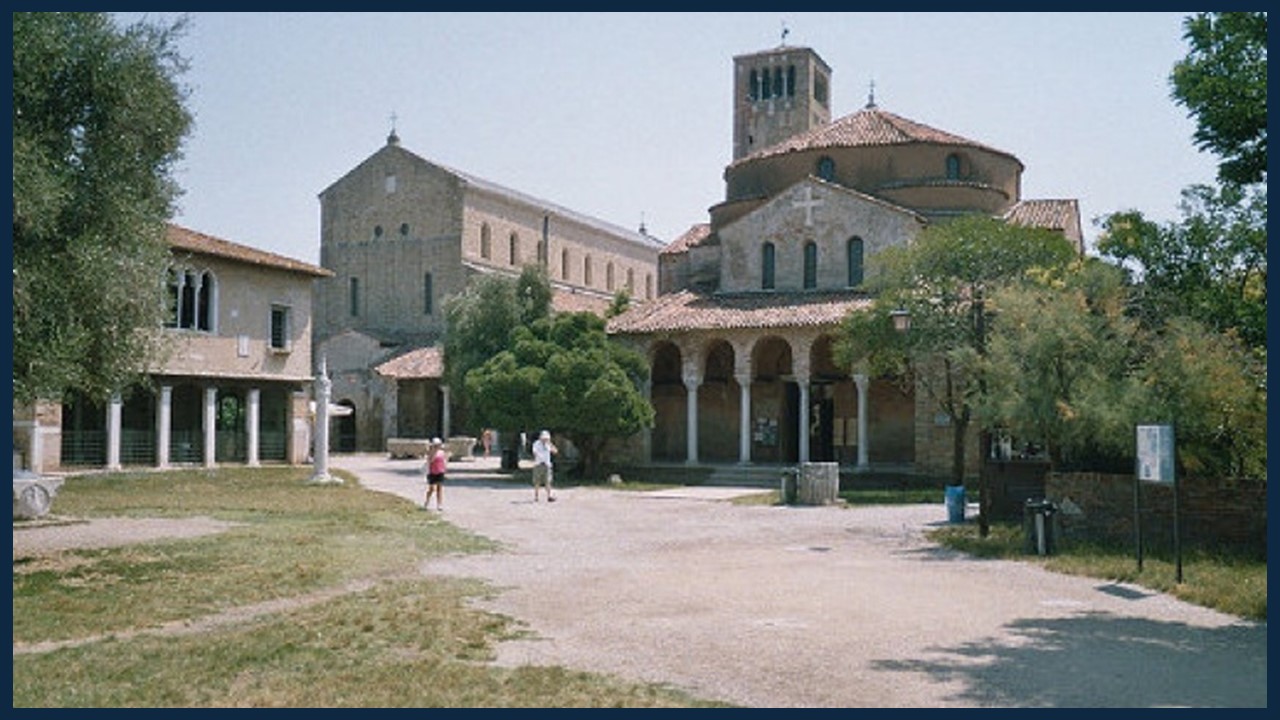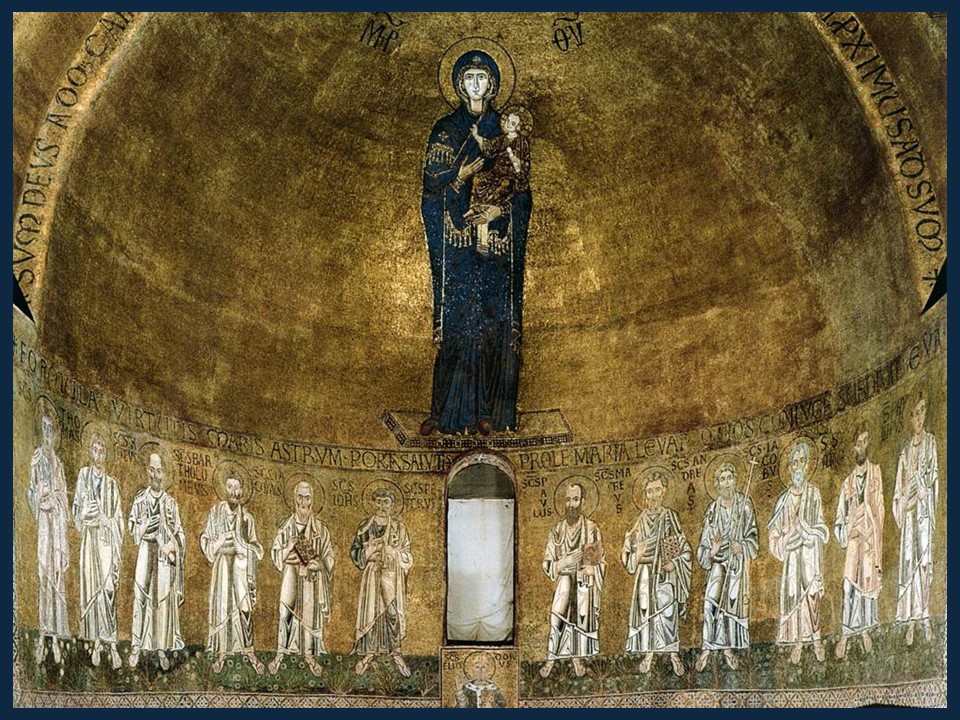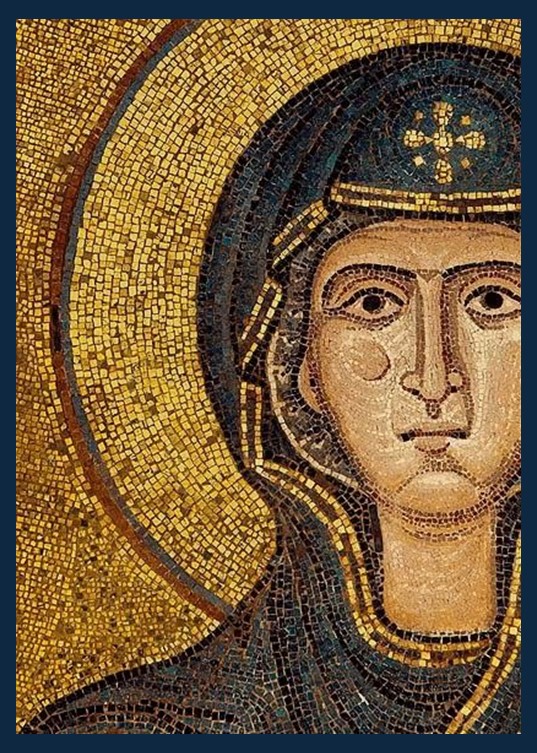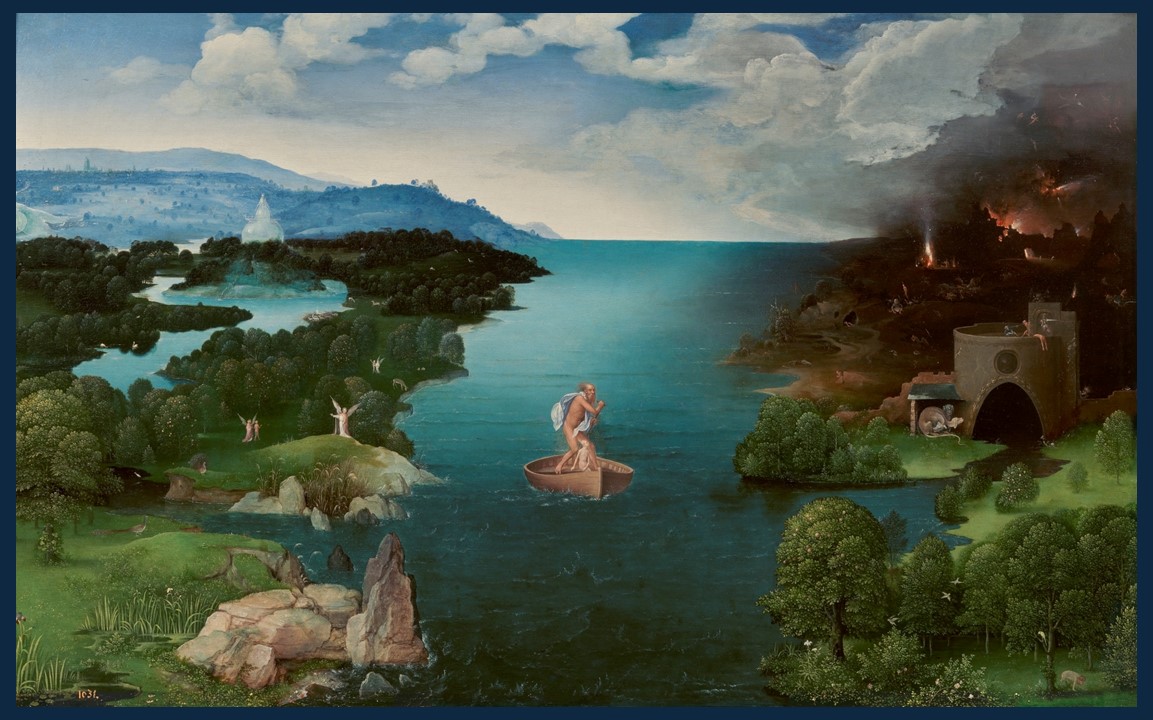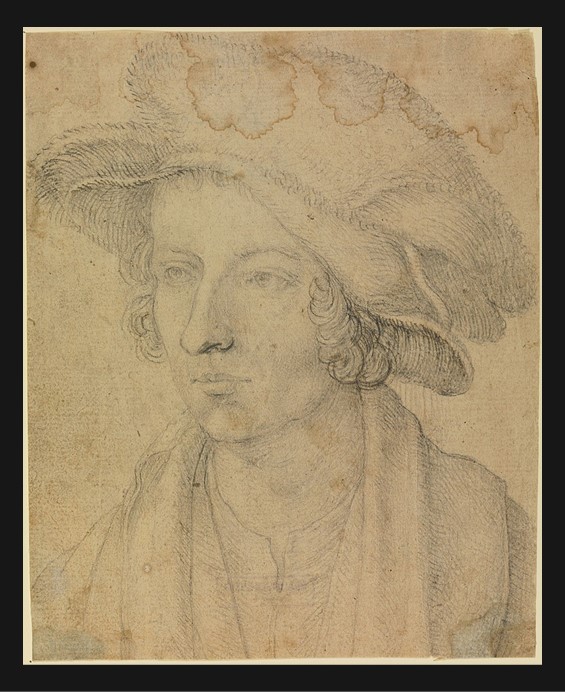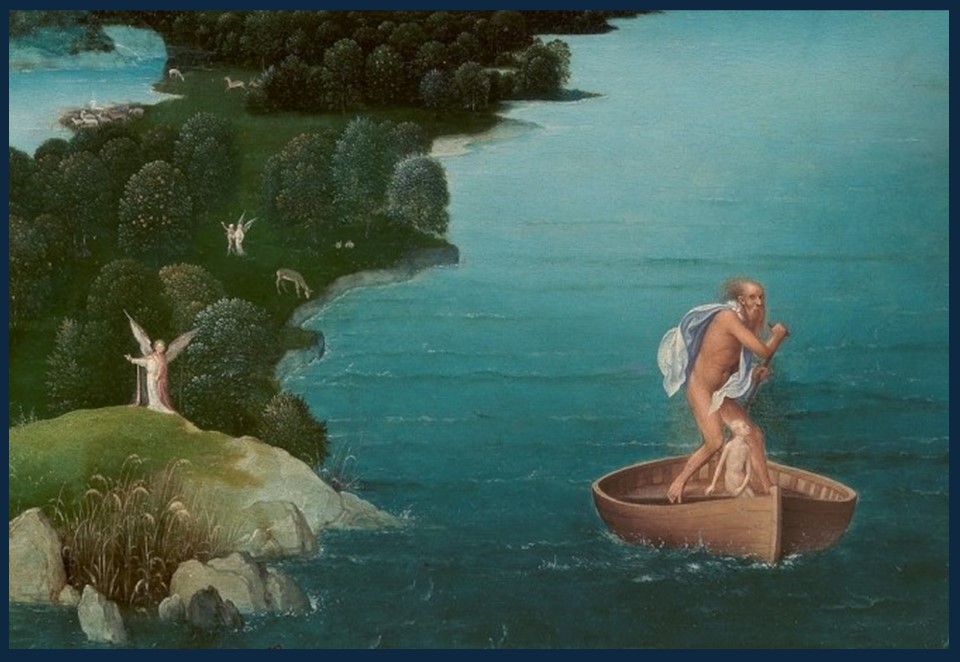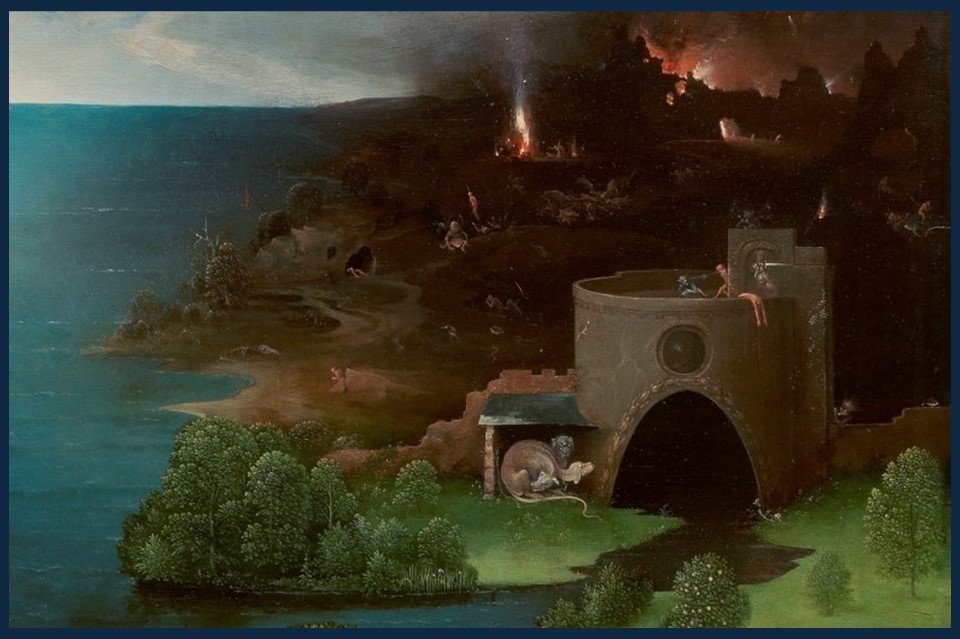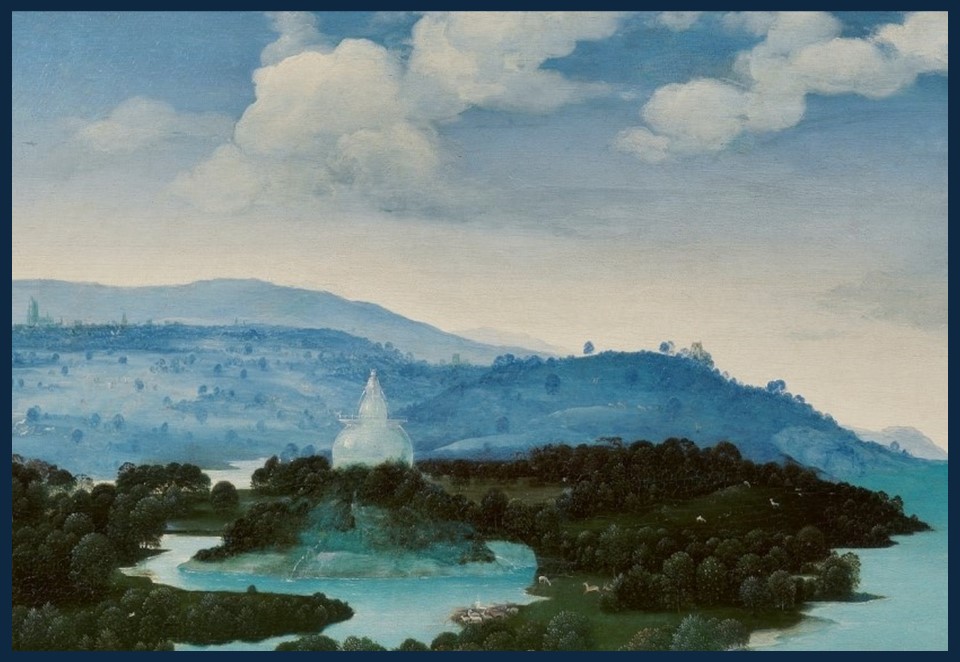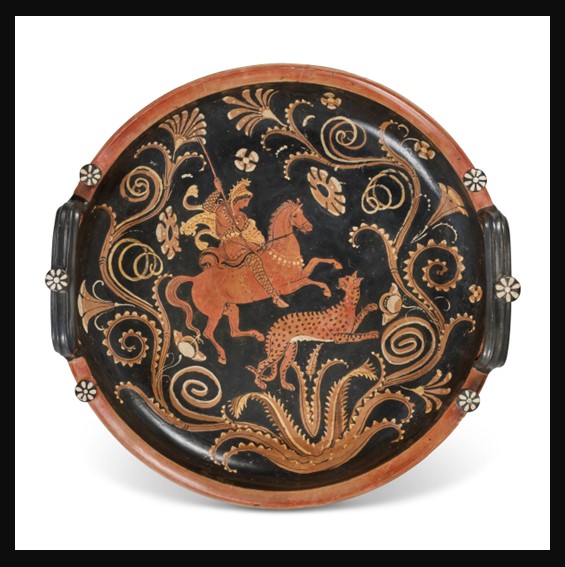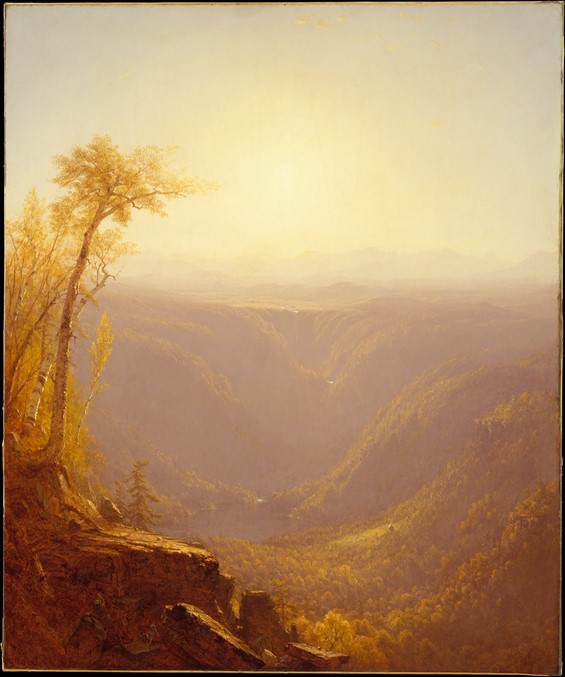
A Gorge in the Mountains (Kauterskill Clove), 1862, Oil on Canvas, 121.9 x 101.3 cm, the ET, NY, USA
https://www.metmuseum.org/art/collection/search/10946?searchField=All&sortBy=Relevance&high=on&ao=
on&showOnly=openAccess&ft=*&offset=80&rpp=80&pos=139
When I look at Sanford Robinson Gifford’s painting A Gorge in the Mountains (Kauterskill Clove), I think of J. Hector St. John de Crevecœur and how he described, back in 1778, the character of Autumn… Great rains at last replenish the springs, the brooks, the swamp and impregnate the earth. Then a severe frost succeeds which prepares it to receive the voluminous coat of snow which is soon to follow; though it is often preceded by a short interval of smoke and mildness, called the Indian Summer. This is in general the invariable rule: winter is not said properly to begin until those few moderate days & the rising of the water has announced it to Man… https://books.google.gr/books?id=Z0zTH_qFXiAC&pg=PA14&redir_esc=y#v=onepage&q&f=false page 14
Sanford Robinson Gifford was a prominent American landscape painter associated with the Hudson River School, a mid-19th-century American art movement known for its romantic depiction of the American landscape. Born in Greenfield, New York, Gifford grew up in Hudson, New York, and initially studied at Brown University. However, he left college to pursue a career in the arts, studying at the New York City studio of John Rubens Smith and later at the National Academy of Design. Gifford’s extensive travels throughout the United States and Europe greatly influenced his work, allowing him to capture a wide variety of landscapes with a distinctive atmospheric quality.
Gifford’s artistic style is characterized by his masterful use of light and atmospheric effects, which he achieved through a technique known as “luminism.” This approach emphasized the precise rendering of light and tranquil scenes, often depicting the subtle interplay of light and shadow in landscapes. His paintings typically feature serene and expansive vistas, with meticulous attention to detail and a harmonious balance of composition. Works such as The Wilderness and A Gorge in the Mountains exemplify his ability to create a sense of depth and tranquillity, capturing the sublime beauty of the natural world. Gifford’s contribution to American art is his ability to evoke emotion and contemplation through his serene and luminous landscapes, making him a pivotal figure in the Hudson River School.
The artist’s connections to the Hudson River School were deeply rooted in his relationships with fellow artists and his shared vision of capturing the sublime beauty of the American landscape. He was closely associated with prominent figures such as Thomas Cole and Frederic Edwin Church, who were pivotal in defining the movement’s aesthetic. Gifford’s work was heavily influenced by Cole’s romanticism and Church’s dramatic use of light and detail, yet he developed his distinct style characterized by luminism, which focused on the tranquil and ethereal qualities of light. Gifford’s dedication to plein air painting, where he often sketched and painted outdoors to accurately capture natural light and atmosphere, aligned with the movement’s emphasis on realism and the meticulous observation of nature. Through his exhibitions and collaborations, Gifford contributed to the dissemination of the Hudson River School’s ideals, making him an integral part of this influential artistic movement.
A Gorge in the Mountains (Kauterskill Clove) by Sanford Robinson Gifford is a masterful landscape painting that exemplifies his luminist technique. Created in 1862, this work captures the majestic beauty of Kaaterskill Clove, a dramatic mountain gorge in the Catskills of New York. The painting showcases Gifford’s exceptional ability to render light and atmosphere, with soft, golden sunlight filtering through the mist and illuminating the lush, verdant foliage and rugged rock formations. The composition draws the viewer’s eye into the depths of the gorge, evoking a sense of tranquillity and awe at nature’s grandeur. Gifford’s meticulous attention to detail and his skilful use of light and shadow create a harmonious and immersive scene, making this painting a quintessential example of the Hudson River School’s celebration of the American wilderness.
Gifford, the only major Hudson River School painter to have grown up in the Catskills region of New York, made famous by Thomas Cole, the school’s founding figure, diverged from the tradition of focusing on central mountains or waterfalls in his depictions of the landscape. Instead, he emphasized the interplay of light and atmosphere, particularly as seen from Kauterskill Clove in the eastern Catskill Mountains. This approach marked a shift from the sublime to the meditative, with compositions that invited contemplation rather than awe. In his painting A Gorge in the Mountains (Kauterskill Clove), a hunter and his dog are subtly integrated into the rugged terrain, progressing towards a viewpoint overlooking the hazy ravine. https://www.metmuseum.org/art/collection/search/10946?searchField=All&sortBy=Relevance&high=on&ao=on&showOnly=openAccess&ft=*&offset=80&rpp=80&pos=139
For a PowerPoint Presentation, titled 10 Paintings by Sanford Robinson Gifford, please… Check HERE!
